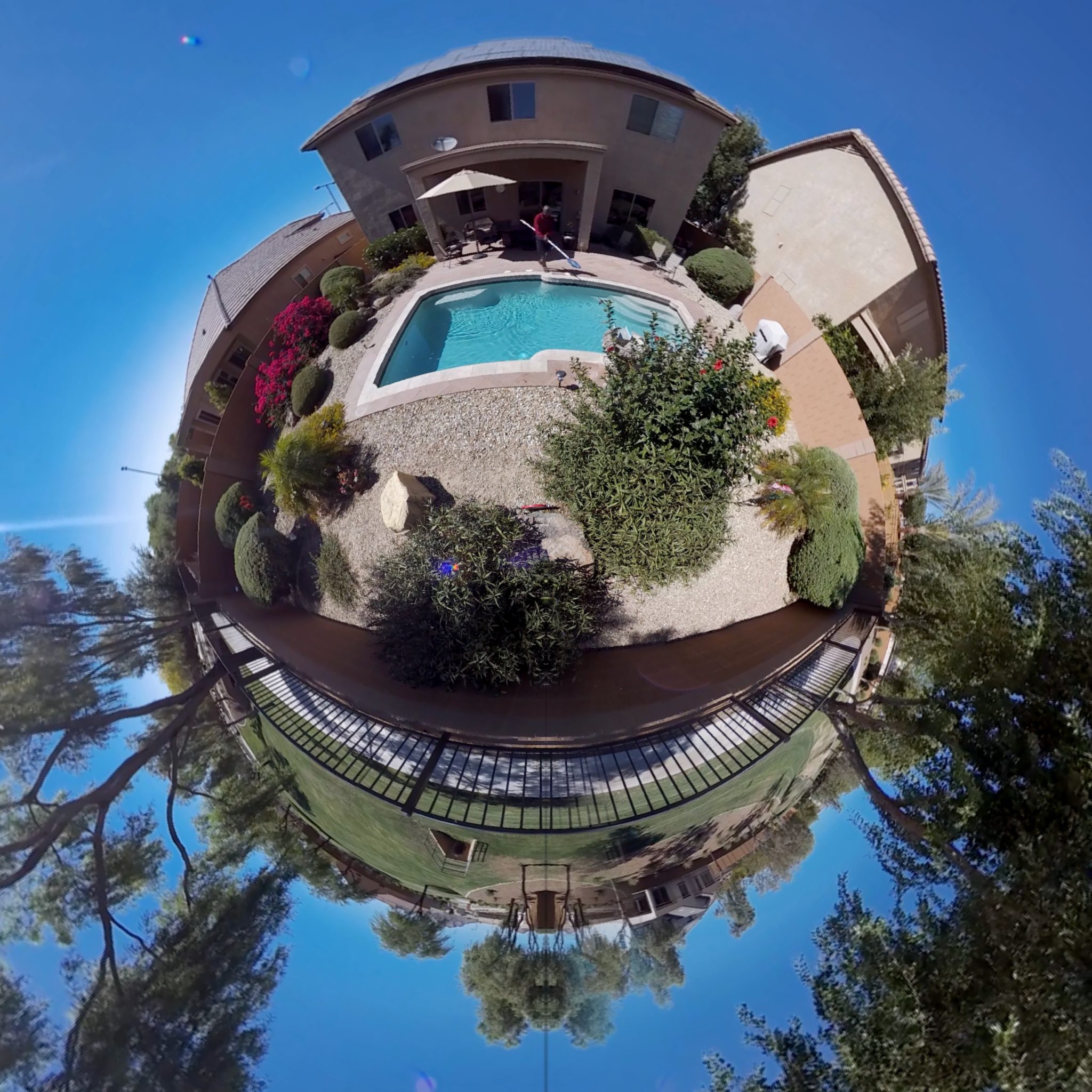In the era of never-ending feeds filled with photos and videos, discovering 360 Video & VR on social media is fresh and exciting. While there are portable VR headsets, most people aren’t lugging them around, so how do you get your audience to watch? Good news! Headsets are no longer a necessity when it comes to experiencing 360 video or VR. Fancy headsets certainly amplify the immersive experience, but a phone, a tablet, or a computer is all you need.
It’s easy to get wrapped up in the tech side of 360 Video & VR, but as storytellers and creatives, we don’t make videos just to take advantage of the newest technology, we’re hoping to share a story, and ultimately, connect with viewers on a deeper level. That connection can only happen if the content makes its way to the viewers. That’s where social media comes in to play. While most social platforms don’t support 360 video uploads, with the exception of Facebook, you can easily share a link to your video on social media. There are tons of websites that can host your 360 Video and social VR content: Littlstar, Vimeo, Youtube, and Kuula, just to name a few.
Here’s a little breakdown of the big three social media platforms and their 360 and VR support:
Facebook allows you to upload 360 videos directly from your phone or desktop. It even auto-detects 360 content and transforms panoramas into an immersive experience. I won’t dive into too many details in this blog post, as we dedicated an entire post to it a few months ago, but in short, it’s pretty awesome!
Twitter/Periscope
Twitter has yet to support 360 video and VR uploads. But I have a feeling it’s in the works. Especially since Twitter owns Periscope, which allows users to live-stream 360 videos — videos that once shared on Twitter, are embedded into the interface. So you can experience the video and all its 360 degreed glory straight from the comfort of your Twitter timeline.
The other workaround is to post an external link, such as YouTube or Vimeo, which embeds the video within the post. If you’d rather drive your viewers directly to the video on an external site, you can spice up the link by attaching an image to your link.
Instagram is the least 360/VR friendly platform of the ‘big three’, but you can use its extremely visual nature to your advantage. Post an eye-catching still, get clever with a tiled banner, or my personal favorite, share a Tiny Planet version of your video (see image below). Tiny planets can be videos or stills, and are a great example of ‘thumb-stopping’ content. Not only are they visually unique, but they provide a quirky preview into what the full 360 video or VR experience will look like.
BTS shot from our shoot with The Atlantic Re:Think
Do you use social media, but don’t have any 360 videos to share on it? Get in touch with us, and let’s talk!



